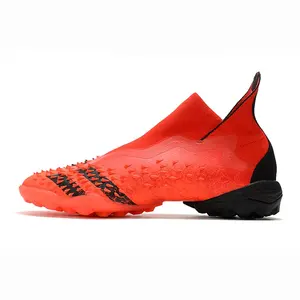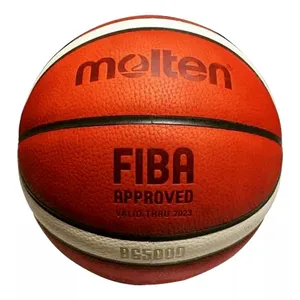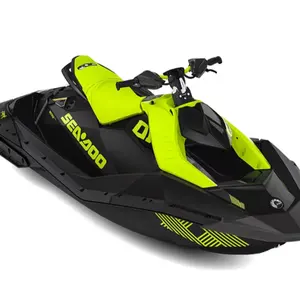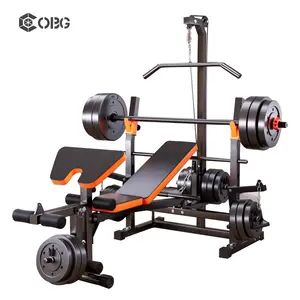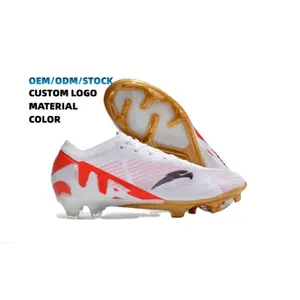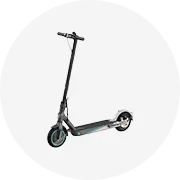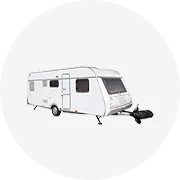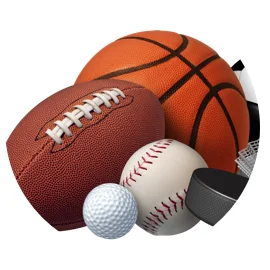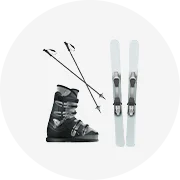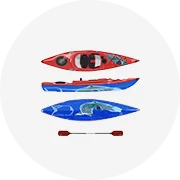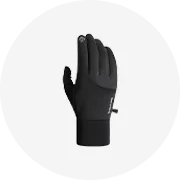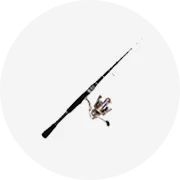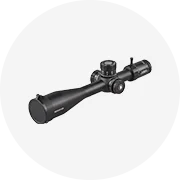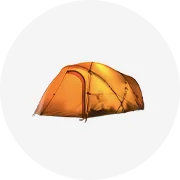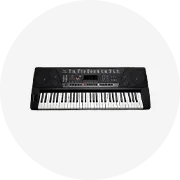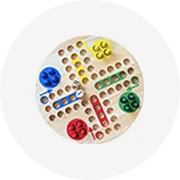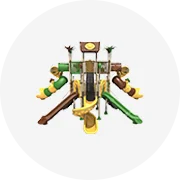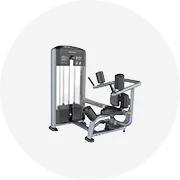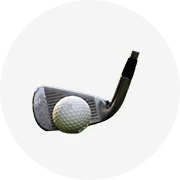Popular in your industry






Wholesale Lure Fishing Rod Carbon Fiber Long Spinning Casting Fishing Rod And Reel Combo Full Set4.9/5.0 (36)·"Fast delivery"
Ready to Ship
$8.71 - $36.87
Min. Order: 2 packs
Shipping per piece: $15.79





Best Value Ice Fishing Rod And Reel Combo B02
$8.00 - $10.00
Min. Order: 500 pieces
4.9/5.0 (27)·"fast shipping"





Hot Selling Fishing Spinning Reel Linewinder Fishing Rod And Reel
$16.00 - $18.00
Min. Order: 20 pieces
0.0/5.0 (0)






DARRICK Wholesale Pen Fishing Rod 1m 1.4m Canna De Pesca Mini Portable Telescopic Pocket Pen Fishing Rod And Reel0.0/5.0 (0)
Ready to Ship
$3.40 - $7.94
Min. Order: 2 pieces
Shipping per piece: $5.32







HAYA Spinning Fishing Reel Stainless Steel Main Shaft And Solid Brass Pinion Gear
$6.10 - $7.90
Min. Order: 1 piece
4.7/5.0 (31)·"good service"






1.8m,2.1m Fiberglass Spinning Fishing rod combo Fishing Rods and Reel Combo Full Kit
$3.99 - $10.50
Min. Order: 2 sets
4.9/5.0 (113)·"prompt delivery"




Hunt house fishing rod and reel combo telescopic fishing rod casting and baitcast fishing reel4.7/5.0 (46)·"good service"
Ready to Ship
$37.62 - $41.19
Min. Order: 2 pieces
Shipping per piece: $14.64






Professional Grade Factory Directly Sale Portable Telescopic Fishing Rod and Reel Combo Full Kit Set Fishing Gear for Kids
$6.50 - $6.95
Min. Order: 1500 pieces
5.0/5.0 (2)Top categories
About rod and reel
21921 rod and reel products are offered for sale by suppliers on Alibaba.com, of which other rods accounts for 1%.
A wide variety of rod and reel options are available to you, such as ocean beach fishing, lake and reservoir pond.You can also choose from lure rod, telescopic fishing rod and hollow rod rod and reel,as well as from freshwater rod, sea bass rods, and telescopic rod rod and reel, and whether rod and reel is fish line wheel, sea fishing reels, or hand wheel.
